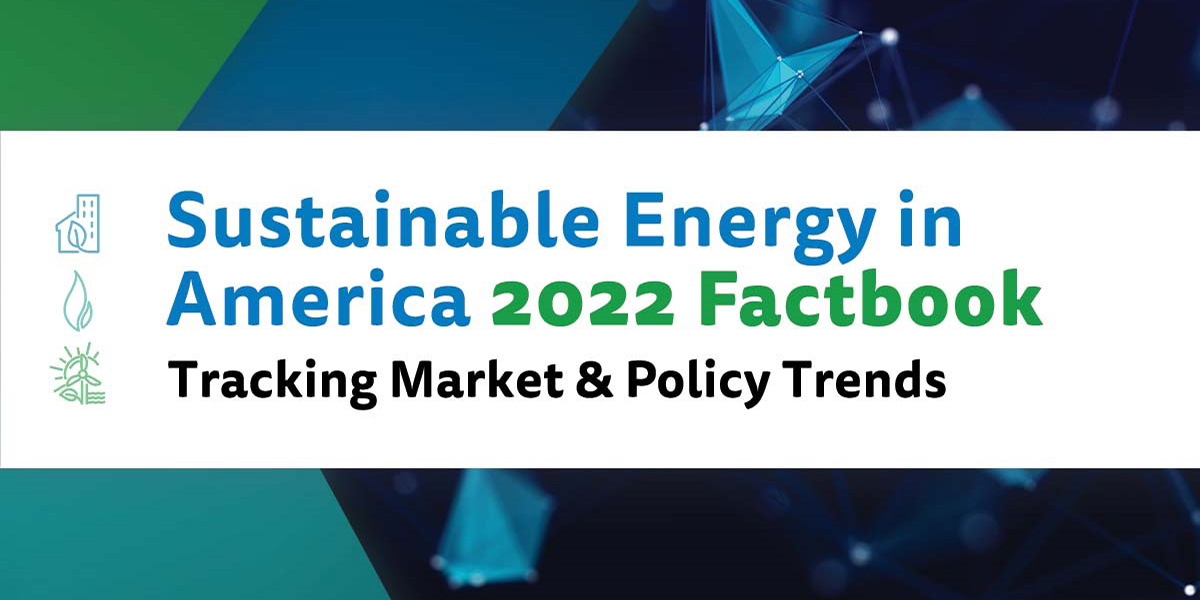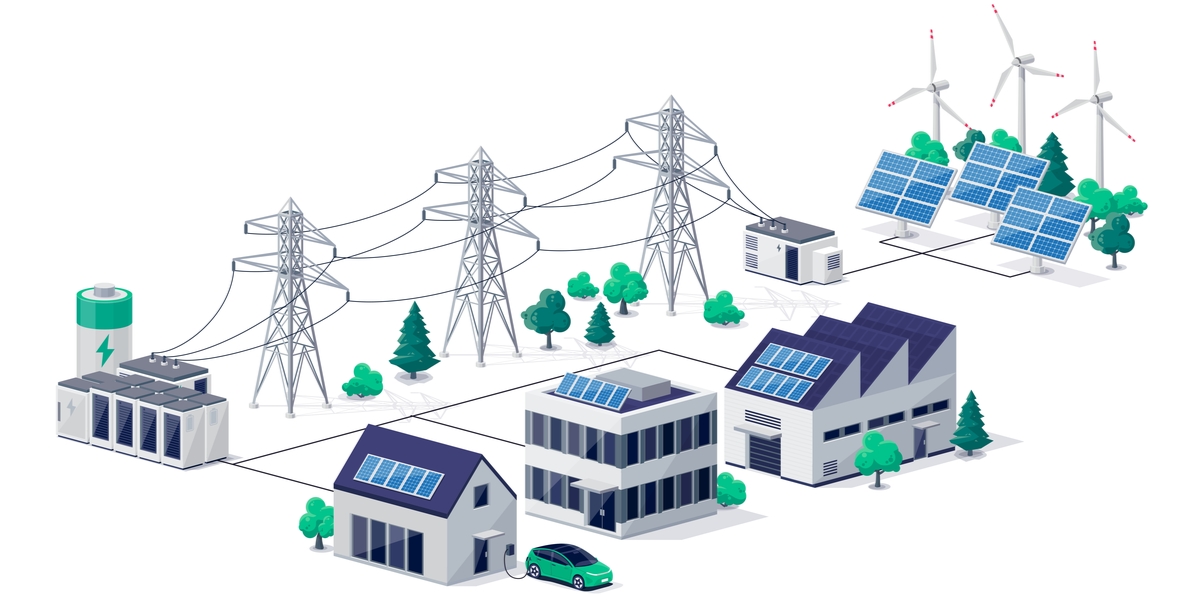How the Grid Edge Can Efficiently Expand Energy Access
Let's Save Energy
Alliance to Save Energy's Blog
How the Grid Edge Can Efficiently Expand Energy Access

As the 22nd Conference of the Parties (COP22) to the United Nations Framework Convention on Climate Change draws near, it is clear that energy access will be a key policy area for the host government, Morocco. Energy access, particularly in less developed countries, is a very important challenge facing global policy leaders in the context of the Paris climate agreement. So much in our lives depends on reliable and affordable energy services, from cooking a meal to receiving a lifesaving vaccination. In developing countries, energy access is a key development goal to achieve higher standards of living and a stronger economy. And while most people have access to energy in developed countries, one in every five people still lack access to modern energy worldwide.
Nevertheless, increasing access to energy means increasing energy consumption, which has the potential to drive increased global greenhouse emissions, creating a challenge for countries that have made international commitments to reduce emissions. So as we work to expand access to ensure that energy is equitable available to all, it’s important that we also make sure we’re using resources wisely.
Energy Efficiency is Key in Expanding Access
Thankfully, energy efficiency and other modern energy technologies provide new options to expand access to clean, affordable energy while consuming less energy. These technologies provide a pathway to energy access that avoids many of the negative environmental impacts associated with growth.
For this reason, technological innovation at the grid edge is key. Advances in energy storage and microgrids are making it more feasible and affordable to generate and deliver electricity in remote areas, away from established electric grids. Such innovations bring vital electrification to remote communities, as well as the hospitals and schools that serve them.
In the past, a network of wires and poles had to be built out from an established grid to supply isolated communities with electricity from centralized power plants. But in areas with low population density and poor road access, this gets expensive quickly and presents a significant barrier to expanding energy access. This is where the grid edge provides an advantage.
Renewable or Storage?
Renewable energy generation is a common solution to expanding energy access in remote locations, because it costs less than building out the established grid. However, renewable energy is not available to meet consumer needs at the flip of a switch. Adding energy storage bypasses this issue. With the added ability to store excess energy, people have access to clean energy at any time of the day instead of only when the sun shines or the wind blows. More hours in the day with access to electricity means more available working or studying hours, better-lit public areas and improved public health, all of which support socioeconomic development.
Furthermore, microgrids can bypass the high cost of grid extension by connecting many sources of remote generation and storage. In doing so, microgrids provide a complete system independent of the centralized grid, and can offer a cheaper access solution for isolated regions. Using energy efficient equipment in conjunction with microgrids further ensures lower costs and energy consumption, as it reduces generation and storage needs in the first place. Microgrids can be any size, supporting the electrification needs of a single family, a hospital or an entire rural community. Additionally, isolated communities can build the capacity to maintain the equipment themselves, avoiding high maintenance costs.
The use of energy storage and microgrids to improve access is on the rise worldwide. This is in part because diesel fuel costs are rising, encouraging consumers to look to alternatives to diesel-fueled generators. Also, the increasing availability and falling prices of renewable energy technologies in remote areas is driving demand for energy storage technologies that help integrate intermittent resources and maintain electricity supply reliability. Finally, remote communities are increasingly using microgrids to connect these two technologies and many more for even greater reliability.
Expanding Access, Meeting Climate Goals
But there is still more to be done. Energy storage and microgrid deployment has lagged behind technological innovation and market expansion. National policies still encourage the ‘one size fits all’ approach of centralized energy generation and established grid infrastructure, despite their unsuitability to certain rural populations; the high cost of which leaves these communities in the dark.
Countries around the world have an opportunity to make progress towards sustainable development goals, stimulate new investments, and provide communities with the skills and resources to manage their own energy infrastructure. Increased development of energy storage and microgrid solutions paired with energy efficient equipment can aid national governments in expanding energy access to isolated areas while still meeting their climate goals and providing valuable support for socioeconomic development.
STAY EMPOWERED
Help the Alliance advocate for policies to use energy more efficiently – supporting job creation, reduced emissions, and lower costs. Contact your member of Congress.
Energy efficiency is smart, nonpartisan, and practical. So are we. Our strength comes from an unparalleled group of Alliance Associates working collaboratively under the Alliance umbrella to pave the way for energy efficiency gains.
The power of efficiency is in your hands. Supporting the Alliance means supporting a vision for using energy more productively to achieve economic growth, a cleaner environment, and greater energy security, affordability, and reliability.



